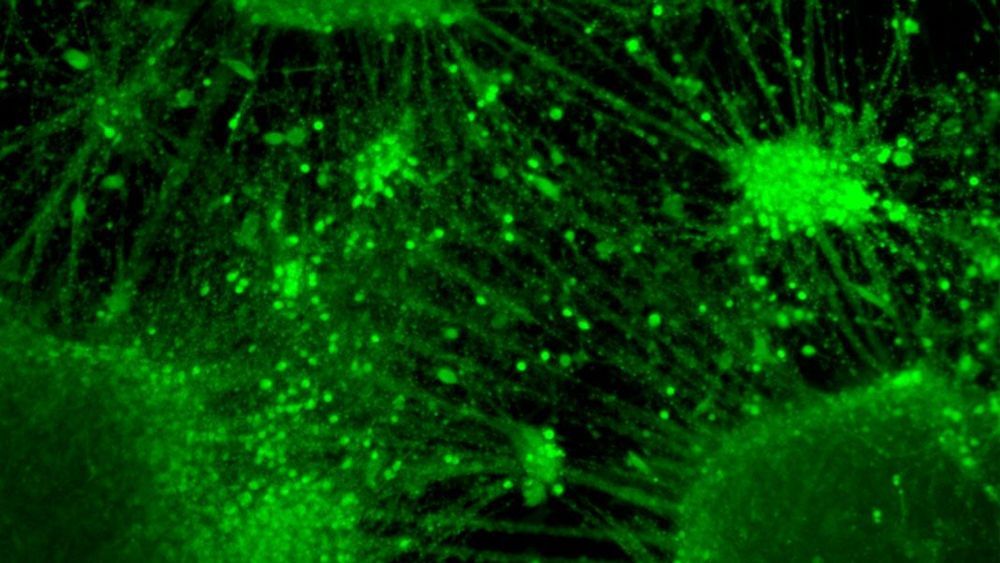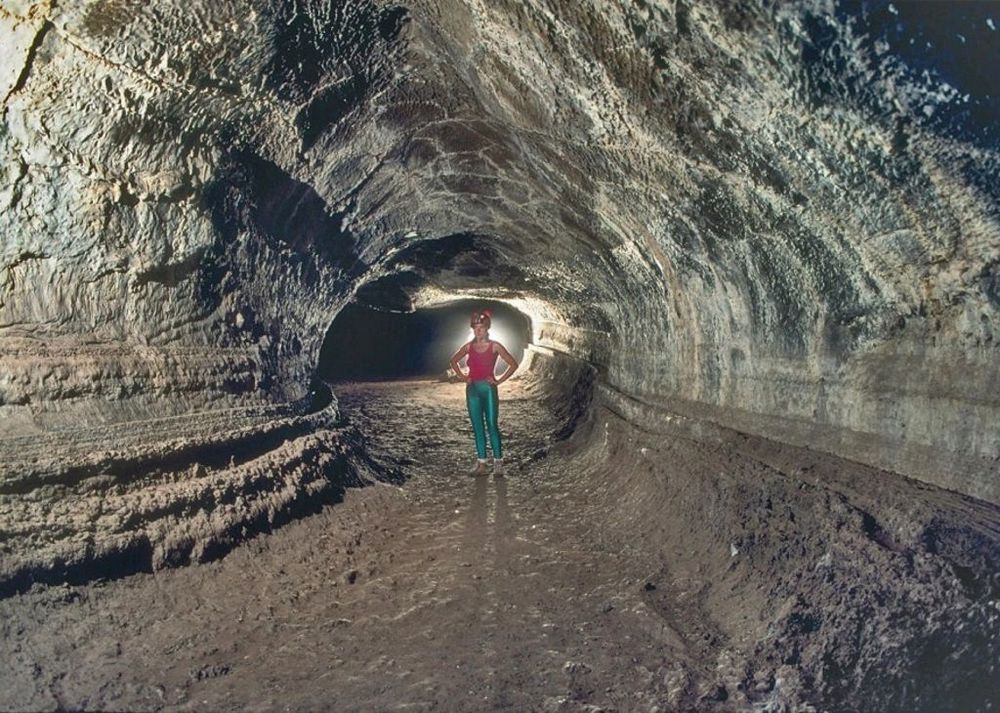Let’s decolonize the future.


Good Article
According to futurist and author Daniel Jeffries, there are five key factors missing for crypto to fully succeed as a technology. Will Libra be the end of the traditional financial order as we know it? Does it pose an existential threat to people’s freedom?
Get your Cointelegraph merch here: http://bit.ly/2X67nM7
Use this code for your 30% discount in our store: HODLERSDIGEST30
#Cointelegraph #Bitcoin #Crypto
Follow COINTELEGRAPH:

There’s a very un-sexy view of consciousness: our rich, meaningful inner experience of self and other is nothing but electrical and chemical chattering inside our brains.
If you, like many scientists, subscribe to this theory, then a difficult question naturally follows: at what point does electro-chemical activity in dissected brain-like tissue become conscious? Yes, I’m talking about the classic sci-fi “brain in a vat” scenario; no, we are absolutely not there.
But this week, a Japan-led study in Stem Cell Reports is raising some serious red flags. For the first time, a team carefully characterized the electrical chattering of neurons grown from a brain organoid and found that they spontaneously formed long-distance connections that allowed them to fire in synchrony. “Fire together; wire together” is a fundamental testament of learning in neuroscience. Because neurons in lab-grown minibrains can sync up their activity, analogous to how neurons hook up in our brains, it’s possible that the brain nuggets have the capability to support higher cognitive functions when they’re more mature.

Surgeons in Australia have managed to restore arm function in paralysed patients, allowing them to feed themselves, use tools and handle electronic devices, according to the results of a groundbreaking study released Friday.
Thirteen young adults who had suffered spinal injuries rendering them tetraplegic underwent several operations and intense physiotherapy in the largest ever application of a technique known as nerve transfer surgery.
A team of surgeons succeeded in attaching individual nerves from above the zone of the spinal injury to nerves below the trauma site. The functioning nerves were then used to stimulate paralysed muscles below the injury zone.

From the worst wildfires to water shortages in cities.


Once a booming industry that offered dream jobs to China’s young talents, China’s tech sector is now waking up to the sobering reality. Experts say it is time to focus on profitability, rather than the wild expansion of previous years, as China’s economic growth slows and the trade war with the United States hits sentiment and investment.